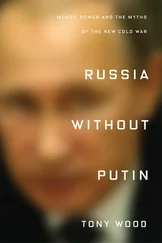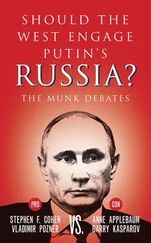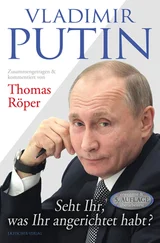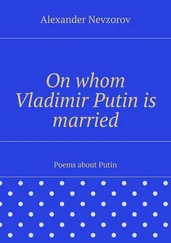The process would be modeled on the Polish experiment with “shock therapy.” The first step was to free up prices so that they would reflect market realities and not the decisions of bureaucrats in the planning commission. As the Russians quipped bitterly, they got the shock but not the therapy.
Between 1990 and 1994 prices increased by well over 2,000 percent. By the hideous magic of inflation, $100,000 turned into $400. The stores were “pristinely empty,” as Egor Gaidar, the other main leader of economic reform, put it. [146] Hoffman, The Oligarchs , p. 184.
The farmers weren’t delivering grain. “Why should they? To get some piece of paper that, out of habit, people still called money?” [147] Ibid., p. 183.
Huge trucks appeared in downtown Moscow bearing potatoes from the countryside. People bought as much as they could, staggering away bent parallel to the ground by immense burlap bags. In apartments potatoes were everywhere—in cabinets, in closets, under beds.
Everything was for sale. Old women stood in the cold holding up a single knit shawl, like human stores. For people raised on socialist ideals, which considered property to be theft, there was a particular shame in the act of selling, not to mention the fact that these goods were often family heirlooms or simply all people had left in the world. Those with nothing to sell simply knelt on the freezing sidewalks and offered up their own pain and self-abasement. The younger women chose other strategies, equally desperate. Flocks of prostitutes chased every car that slowed in the downtowns of Russian cities. Many were nurses and teachers who could no longer feed their families on their meager salaries, if they were even paid.
In the street markets and flea markets treasures could be had for a song—amber necklaces, icons, rugs from Asia. You could buy Red Army uniforms from fur hats to high boots, medals for valor included. The currency was meaningless, life was meaningless, there was a whiff of Weimar in the air. Groups favoring black clothing and the hatred of Jews (and Masons) emerged quite naturally from that context of empty air and violent streets.
My reportage from the first post-Soviet winter of 1992 captures something of that time and place:
In Sophia, one of Moscow’s better restaurants, you can feast on black caviar, sturgeon, and beef Stroganoff with vodka and coffee galore, tip extravagantly and still get away for under a dollar. The waitress apologizes. For reasons she can’t begin to understand, there is no Russian vodka, only Smirnoff’s, from America. Her teeth are chattering. The heat has gone off in the restaurant. All the waitresses and customers are shivering, even those who are still wearing their fur hats. And so at least there is practically no shock when we leave the restaurant and see through the whirling snow the statue of the poet Vladimir Mayakovsky, who blew out his brains in 1930, disappointed by love and revolution. [148] Richard Lourie, “Pride and Prices,” Boston Phoenix , January 3, 1992.
But for most that winter, shivering in a restaurant would have been an unimaginable luxury:
The schools now serve as distribution points for the food being funneled in from America. The pilferage rate is assumed to be high, though somewhat less than in other places. Schoolchildren are being issued milk and tinned meat—leftover rations from Operation Desert Storm, crumbs from the table of the conqueror. It is a gift that elicits both gratitude and a sense of humiliation among Russians. As parents they are glad that their children will have milk to drink, for milk is simply unavailable in Moscow. It might be because the farmers had to slaughter their cattle for lack of grain to feed them. Or there may be thousands upon thousands of gallons turning sour in idle freight trains somewhere. Nobody knows. Nobody ever really knows anything here.
Grateful as parents, they are mortified as Russians. They feel themselves part of a laughable failure—the idiotic dream of communism, which took tens of millions of lives and in return gave them two-hour bread lines in the icy cold. [149] Ibid.
Meanwhile, even at this early stage before the large state enterprises began to be auctioned for a song to insiders in sweetheart deals, there were still plenty of people fast on their feet who saw ways to make big money either from the falling value of the ruble—borrow cheap, repay even cheaper—or by buying up the vouchers that were issued in 1992 to every citizen in an effort to make Soviet serfs into shareholders. Factory managers and the party elite had already concocted schemes for gaining control over state property.
But a good percentage of the population simply couldn’t cope with the new reality. The environment had shifted radically and they could not adapt. People demonstrated in the streets with signs reading: “Put the redhead behind bars.” They meant Chubais.
There was a violent nostalgia for the Soviet past. For the democracy of poverty, cheap goods, brutal certainties. The extreme tensions in Russian society were expressed in the battle waged by the nationalists and Communists in parliament against the presidency of Boris Yeltsin. In mid-1993 the parliament declared itself the supreme power in the country, which now seemed on the verge on civil war. In response Yeltsin suspended parliament to protect, as he put it, “Russia and the whole world against the catastrophic consequences of the disintegration of the Russian state, against anarchy recurring in a country which has an enormous arsenal of nuclear weapons.” [150] Leon Aron, Yeltsin (New York: St. Martin’s Press, 2000), p. 317.
The rebellious deputies seized the White House. Well armed—five hundred submachine guns, six machine guns, two hundred pistols—the rebels’ numbers shifting from 400 to 800. Outside, the building was ringed by supporters bearing the black-and-yellow flags of the nationalists and the red banners of Communism along with signs: “Revive the Communist Party of Russia,” “Let’s reveal the ethnicity of all those who were in the mass media!” (meaning Jews), “Blacks out of Moscow!” (meaning people from the Caucasus mountain region, often referred to as “blacks” or “black asses”).
The sporadic violence came to a head on October 4, 1993, when Yeltsin ordered an attack. There was a fifteen-minute tank barrage followed by a mop-up action inside the building in which twenty soldiers and forty rebels were killed.
The ironies were heavy-handed even by Russian standards. Some two years before, Yeltsin had stood atop a tank in front of that same White House to save Russia from a putsch, and now he had ordered tanks to fire on parliament. The blackened front of that white building became a sort of tragic icon of its own.
* * *
In winter 1992 St. Petersburg was in a panic over a possible famine. The city council put Marina Salye in charge of food supplies, and it was she who introduced rationing and ration cards. Every resident of the city had the right to three pounds of meat per month, two pounds of processed meats, ten eggs, one pound of butter, half a pound of vegetable oil, one pound of flour, and two pounds of grain or dry pasta—if he or she could find any.
Salye, a geologist by profession, had spent much of her adult life far from the tense, polluted cities. Geology was a romantic profession that allowed for travel over all the vast yet still somehow claustrophobic territory of the USSR. Days of hard work in nature, nights of campfires, wine, guitars. Nevertheless, Salye proved totally adept at politics and quickly emerged as one of the leaders of the democratic movement in Leningrad. “With a cigarette dangling from her lips, she could lead a crowd up and down Nevsky, stopping traffic,” as one of her political opponents described her. [151] Gessen, The Man Without a Face , p. 81.
Читать дальше
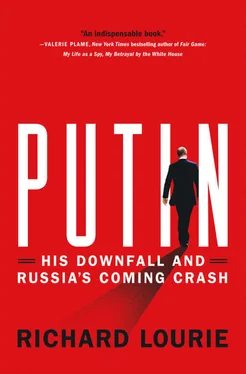

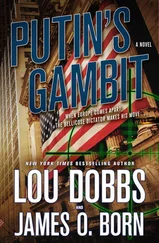
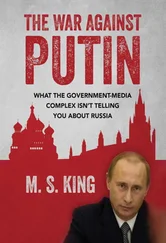
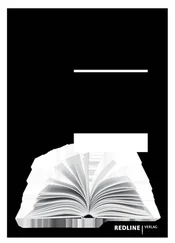
![Stephan Orth - Behind Putin's Curtain - Friendships and Misadventures Inside Russia [aka Couchsurfing in Russia]](/books/415210/stephan-orth-behind-putin-s-curtain-friendships-a-thumb.webp)
